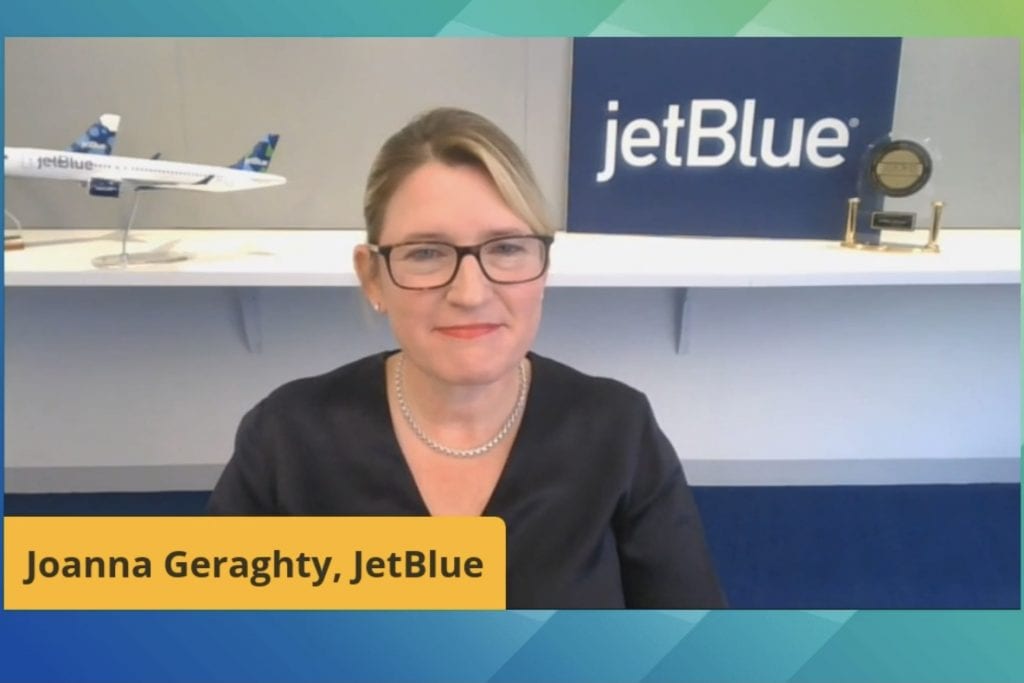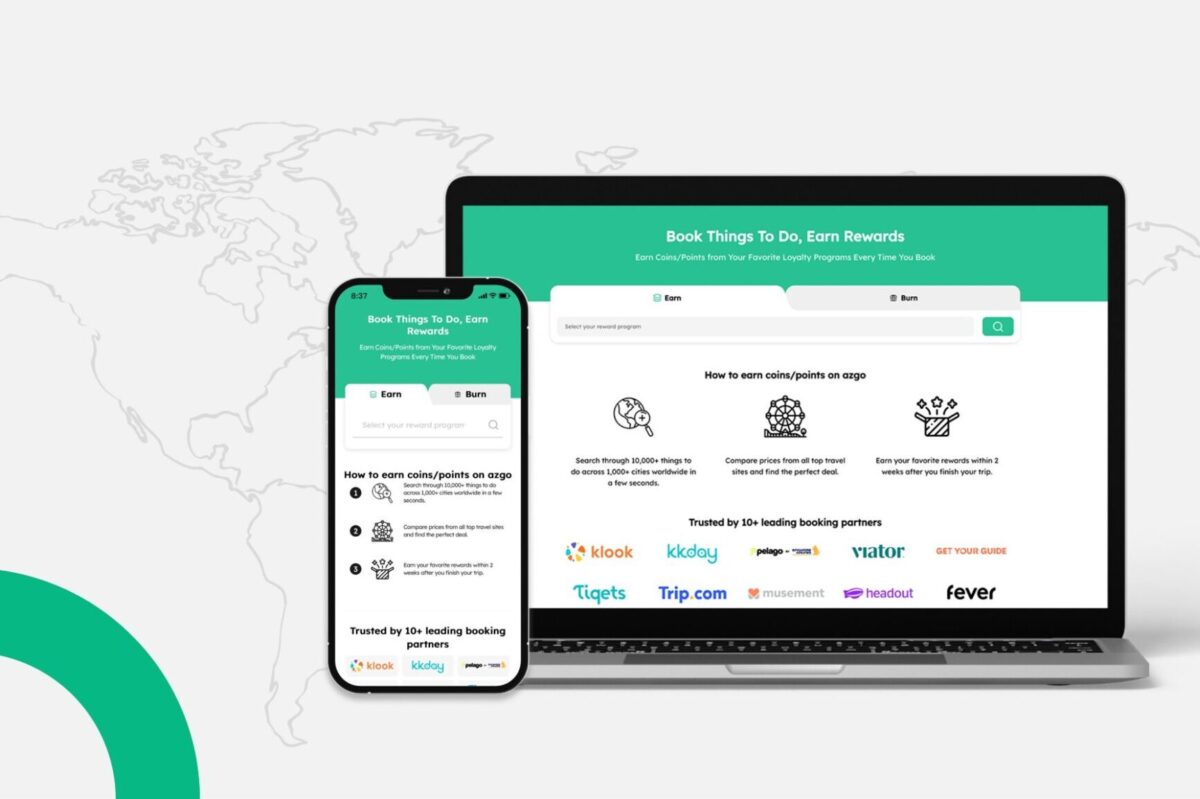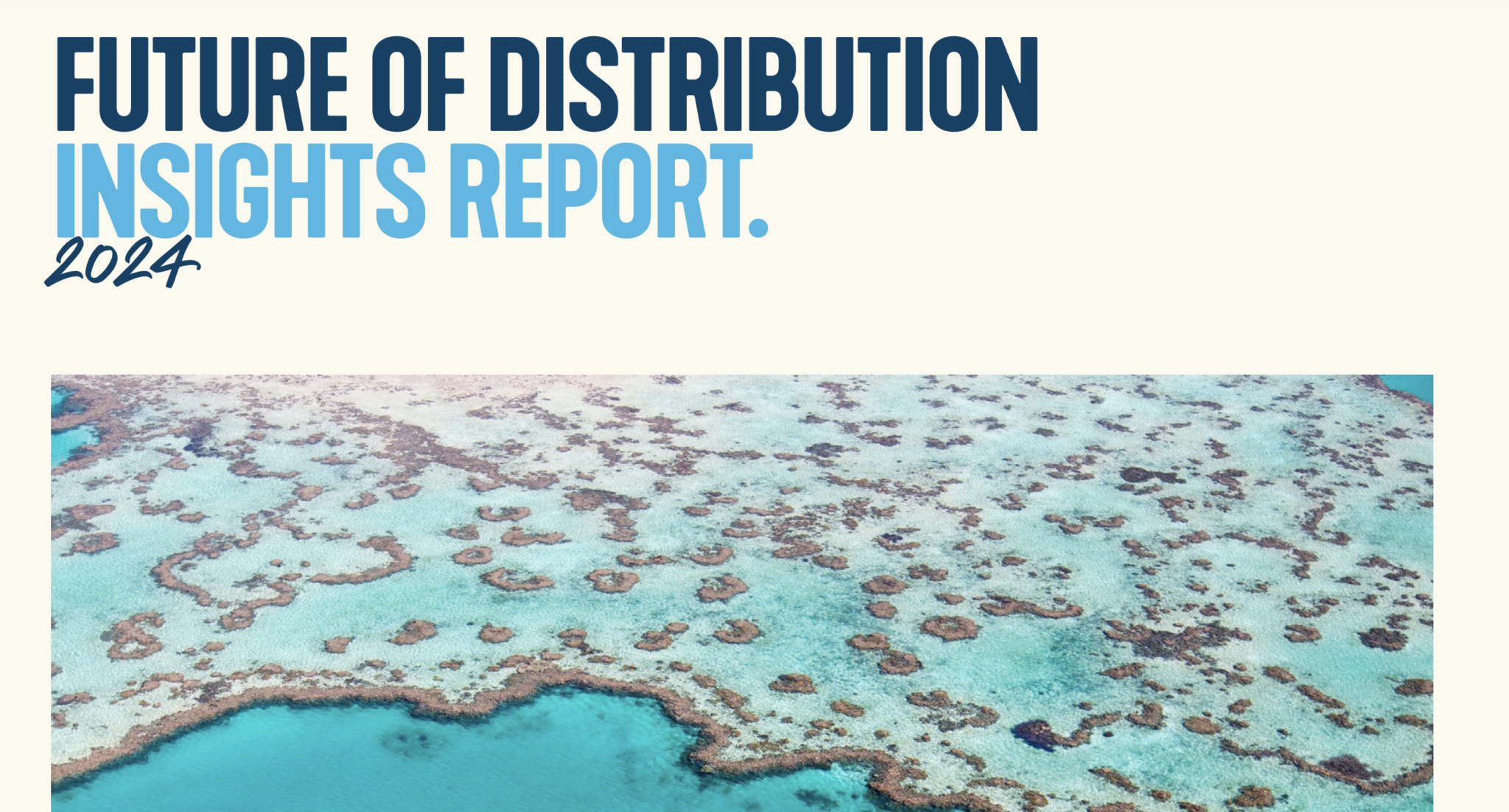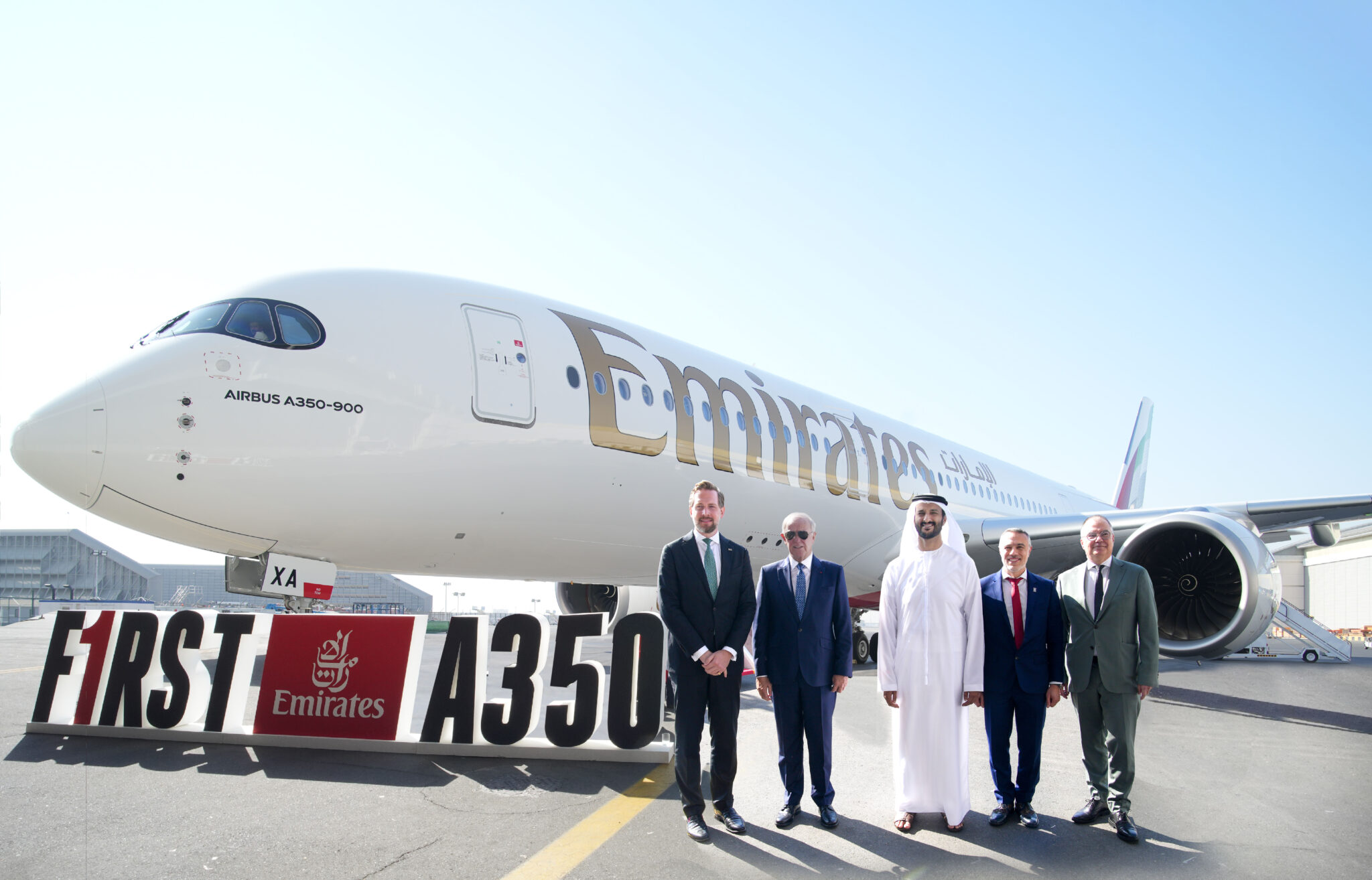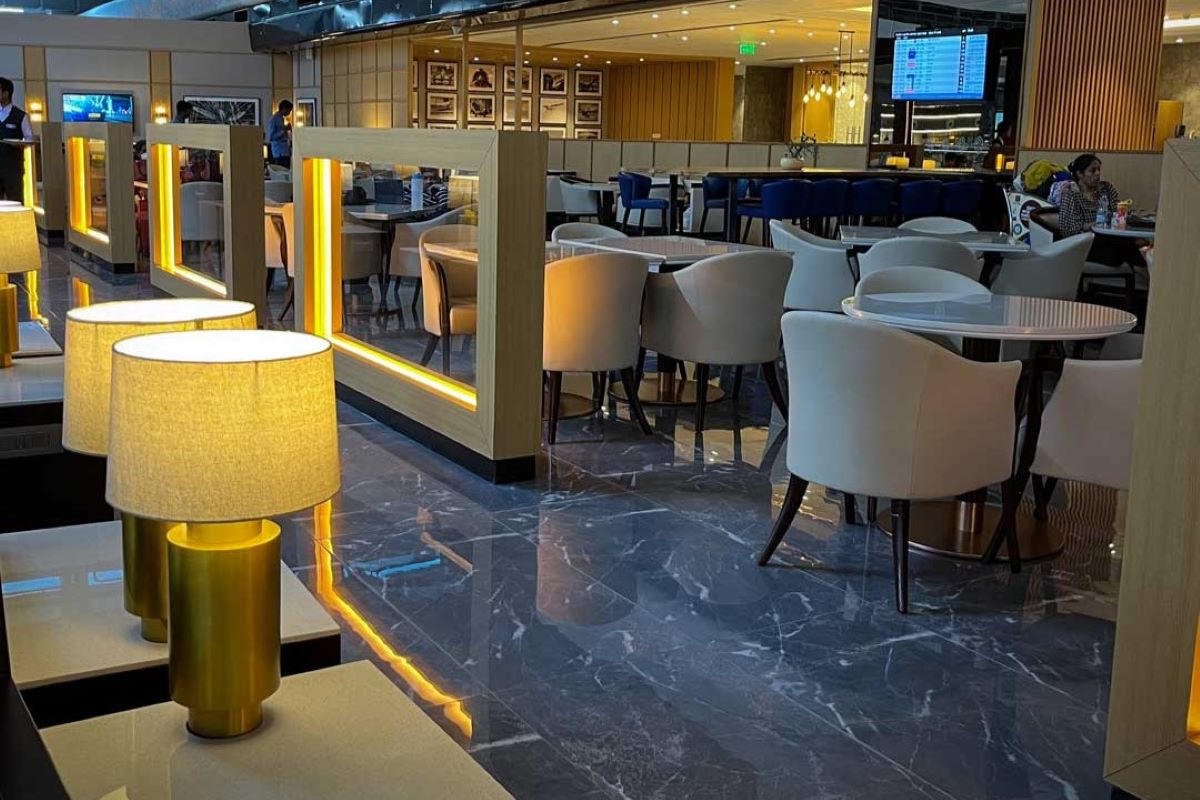Pandemic and Competitors’ Struggles Put JetBlue on Offense During Crisis

Skift Take
JetBlue Airways’ strategy of launching new routes may have bucked conventional wisdom on how airlines should operate when demand collapses but is one that has paid off for the New York-based carrier, President Joanna Geraghty said at the Skift Global Forum on Tuesday.
“Crisis brings opportunities,” she said, adding, “Leisure [travel] is what JetBlue does best.” About 80 percent of JetBlue’s passengers are leisure travelers, a ratio that has stood it in good stead during the pandemic, as business travel has all but collapsed. Leisure and friend- and family-visit travel have fueled the U.S. airline industry’s nascent recovery. Airlines, such as American, United, and Delta, which staked much of their revenue on high-dollar business travelers, have begun to pivot to capture more leisure traffic. JetBlue has added more than 30 routes in recent weeks.
renewed focus on large markets
Among JetBlue’s plays in recent weeks has been growing at places, like Newark and Los Angeles, that their competitors dominate. Newark, of course, is one of United’s strongest hubs. JetBlue has had a small presence at the airport and styles itself “New York’s Hometown Airline,” but it has focused its operations at John F. Kennedy International Airport. Increasing flights at Newark takes United on when that carrier is struggling, and it also allows JetBlue to tap more customers from New Jersey. Geraghty noted that JetBlue’s increasing presence at the airport brings more competition on routes and offers a premium product — JetBlue’s first-class Mint cabin — “at a price people can afford.”
The carrier also is expanding Los Angeles, moving most of its flights from Long Beach to the larger airport. Los Angeles International Airport is a hard nut for airlines to crack: All believe they must operate from there and serve the country’s second-largest metropolitan area, but none has been able to dominate the market. And many airlines have bled money trying. JetBlue doesn’t intend to make Los Angeles a hub, and is taking a cautious approach to expansion there. “We’re still several years away at LAX,” Geraghty said, noting that fares at Los Angeles are “30 percent higher” than at Long Beach.
The network expansion and focus on selected larger cities dovetails with JetBlue’s recently announced partnership with American Airlines, now currently being reviewed by the Justice and Transportation Departments. The deal would allow JetBlue to feed passengers onto American’s network, particularly international flights, and vice versa. And it will increase competition in the Northeast, Geraghty said. The airlines’ networks are complementary, and Geraghty is “optimistic” the federal government will approve the deal, even though domestic code-share agreements are unusual.
One thing JetBlue has not done that its larger competitors have is leverage its loyalty program to raise money. United, American, Southwest, and Delta have raised billions from leveraging their loyalty plans. Delta, in the financial disclosures when it used its SkyMiles plan to raise cash, said its plan was responsible for more than $6 billion in revenue. JetBlue’s True Blue program is much smaller, but it still could be a source of capital, should the carrier need it. “We are always looking at ways JetBlue can raise money,” Geraghty said.
All you can jet
In the wake of the 2008 financial crisis, JetBlue introduce an unlimited flight pass, called “All You Can Jet.” The carrier was smaller then, and much of the backend and booking was done manually. That wouldn’t have been possible in recent. years, Geraghty noted. But the company is in the process of implementing an upgrade to its Sabre reservations system, making an unlimited flight pass once again a possibility. “We’d love to do it again,” she said. “The new Sabre system will help us do it.” She did not reveal, however, if concrete plans are in the works or a timeline for a new “All You Can Jet” plan.
Diversity ‘Core’ to JetBlue
Geraghty noted that she is the highest-ranking female executive in the U.S. airline industry. This needs to change, she said. The carrier has focused on recruiting and mentoring women and racial and ethnic minorities, but more work needs to be done. More than half of JetBlue’s employees are “diverse,” she said, but only 42 percent of the leadership ranks is. “We have made some progress, but we are a ways away.”
The Black Lives Matter movement has focused attention on bias that companies may not be aware of, Geraghty said. JetBlue now is examining not just inherent bias it may have but that of its business partners. “Does our brand reflect diversity,” she said the company is asking itself. This extends to concessions and restaurants in its terminals. “There is so much opportunity out there to move the needle in a meaningful way,” she said.

